If our previous blog posts are any indication and if you’ve been around for a while, you know this by now: one of the things that we always find ways to improve on is how to stay productive. It’s a never-ending pursuit and a constant question that we ask here is: what are the different ways we can do more and be more?
Everything around us is constantly changing and to keep up with brand new distractions and challenges, it’s only right to be on the lookout for new methods, strategies, or tools that we either haven’t tried or overlooked before. And speaking of tools, one that has stood the test of time and is still widely used today? The planner.
In this blog post, we want to really look into the art of utilizing the planner to boost productivity. We want to be both effective and efficient and here are a few things to consider when choosing and using your planner of choice!
1. It starts with the right kind of planner.
When you look up the word planner on Google, you’ll get hit by a million results and it can get overwhelming. But fret not! The good news is, this means with the many options and variations available, you can get very particular as you start your search for the perfect planner that suits your needs. Don’t be afraid to list down what your preferences are—most likely, someone has thought about it or tried it. Even if it’s not the case, then you can be the pioneer of your own layout, size, or format.
The key is to make use of a system that will benefit you. Ask questions like: do you need a daily planner? Is a weekly one ok? What about monthly? Will there be a need to color-code certain things for organization’s sake—maybe add some sticky notes or tabs, too? Depending on what you’re going to use it for and where, the ultimate goal is to set up a planner that will work for what you intend it for, even if you have to create one from scratch.
Still figuring out whether you want to go daily, weekly, monthly, or a combination of any of these three? Check out this post!
2. Build a system within a system.
What makes a planner effective is the system you build around it. It’s not just the overall look, feel, or functionality of the planner itself but also how you set it up. This is the perfect time to figure out—if you haven’t already, that is—what to prioritize and how. First, figure out if your planner is for personal use or work. And then identify what your priorities are in terms of projects, tasks, and deadlines. As soon as you know these, pick out a method you can use!
Here’s an extensive list that you can start with: from the Eisenhower Matrix to Eat the Frog, there’s bound to be a method that matches the type of tasks you plan to prioritize or what you’re looking for. However, remember not to limit yourself to this list. You can always tweak and customize these methods in a way that fits how you’ll use them. This allows you to really maximize the time that you have to get the things that are most important to you done on time.
3. Don’t forget to include downtime.
A common mistake that a lot of people make—us too sometimes!—is forgetting to add breaks or downtime to our planner. This is understandable; being and staying productive, for so long, has focused only on doing and accomplishing.
But this can’t be further from the truth! Productivity also relies on rest: taking a much needed pause in the form of breaks and downtimes to recharge and refresh is part and parcel of becoming truly efficient and effective in all we do.
So when setting up your planner, include downtime. It’s as non-negotiable as your tasks. In fact, consider it as a priority—breaks are equally important. Otherwise, you can get burnt out and that does more harm than good to your productivity. If you wait to rest only after you’ve “burned through the wick”, then it may take you a longer time to bounce back and become productive again.
4. Be ready for changes by staying flexible!
No matter how much planning we do, it’s inevitable: things can change at a moment’s notice. Life is unpredictable like that and you may need to make adjustments along the way, sometimes with very little warning. This is why we need to be ready for it! Consider leaving ample space for extra pages or writing room for when the unplanned happens especially if you’re the type who likes to keep their planner pristine.
Adaptability is key to a lot of things, including maintaining productivity; this is something we want to apply as we set up and prepare our planner as well as the tasks we want to put in it. Struggling with change or need a bit of guidance? You may want to read this post!
5. Review and self-reflect about how you use your planner. Seriously!
If we want to see whether our current planner is working out for us or not, we need to monitor how we use it. This includes reviewing, assessing, and identifying areas that need improvement.
Is it the layout? Is it the method you’re using? Do you need more space? More pages? What can you take away or add?
How about the contents of your planner? As you track completed tasks and mark the milestones you’ve reached, take a look at these accomplishments and reflect on the challenges you’ve faced. What lessons did you learn? What are things you want to avoid? How about the practices you want to continue moving forward?
This will help you refine your planning skills and enhance your productivity over time—which is the point of your planner to begin with. Improvement is constant and don’t hesitate to make changes where needed.
Using a planner to enhance productivity is a continuous journey.
It’s not just about finding the right planner if we want to use it for productivity; there’s a lot more to it like building a system that works, prioritizing tasks effectively, including essential downtime, staying flexible to adapt to changes, and regularly reviewing and reflecting on your planning process.
What other things do you think we should consider to plan effectively and efficiently so we can do more? Share it with us in the comments. Happy planning!
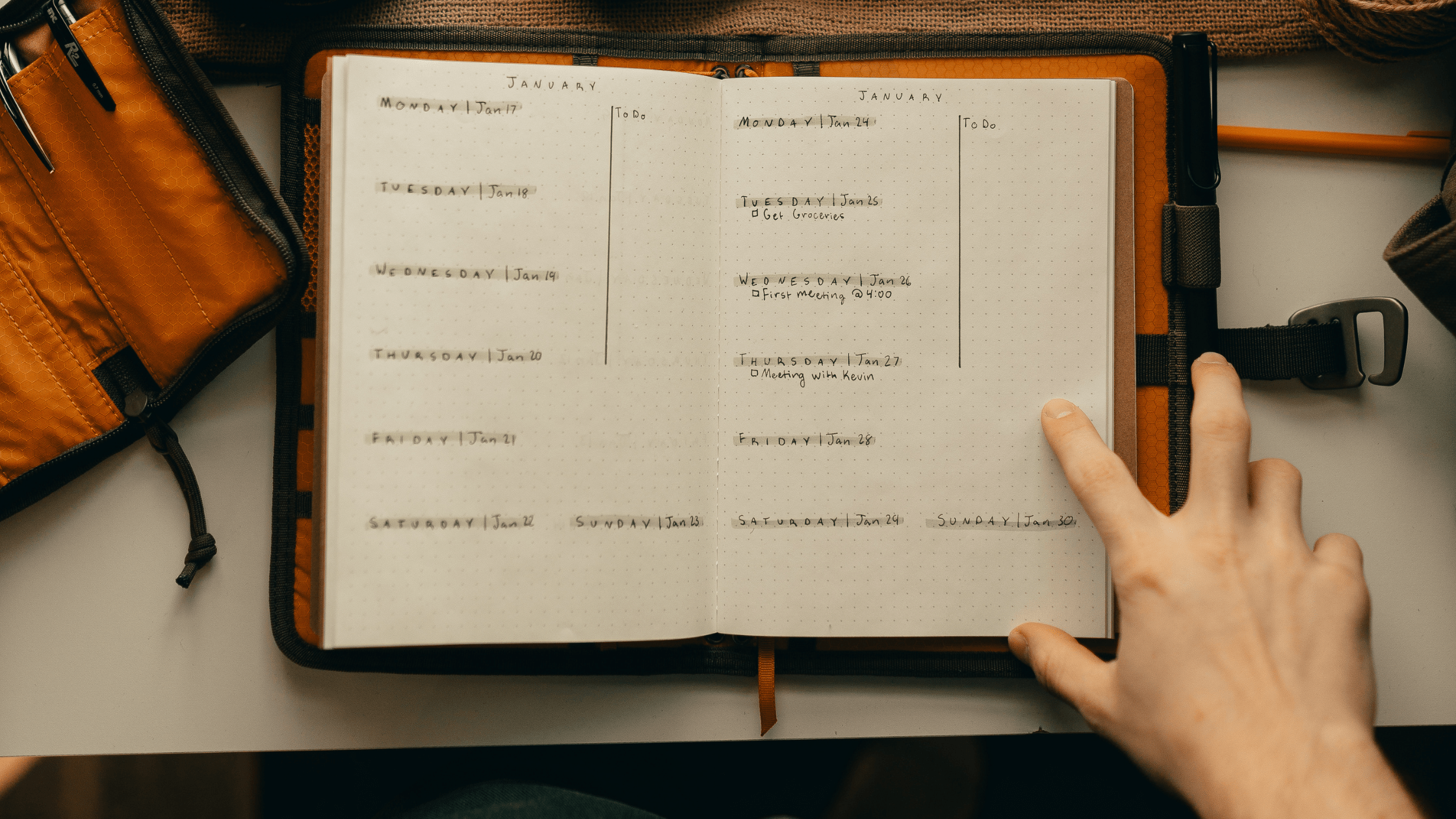
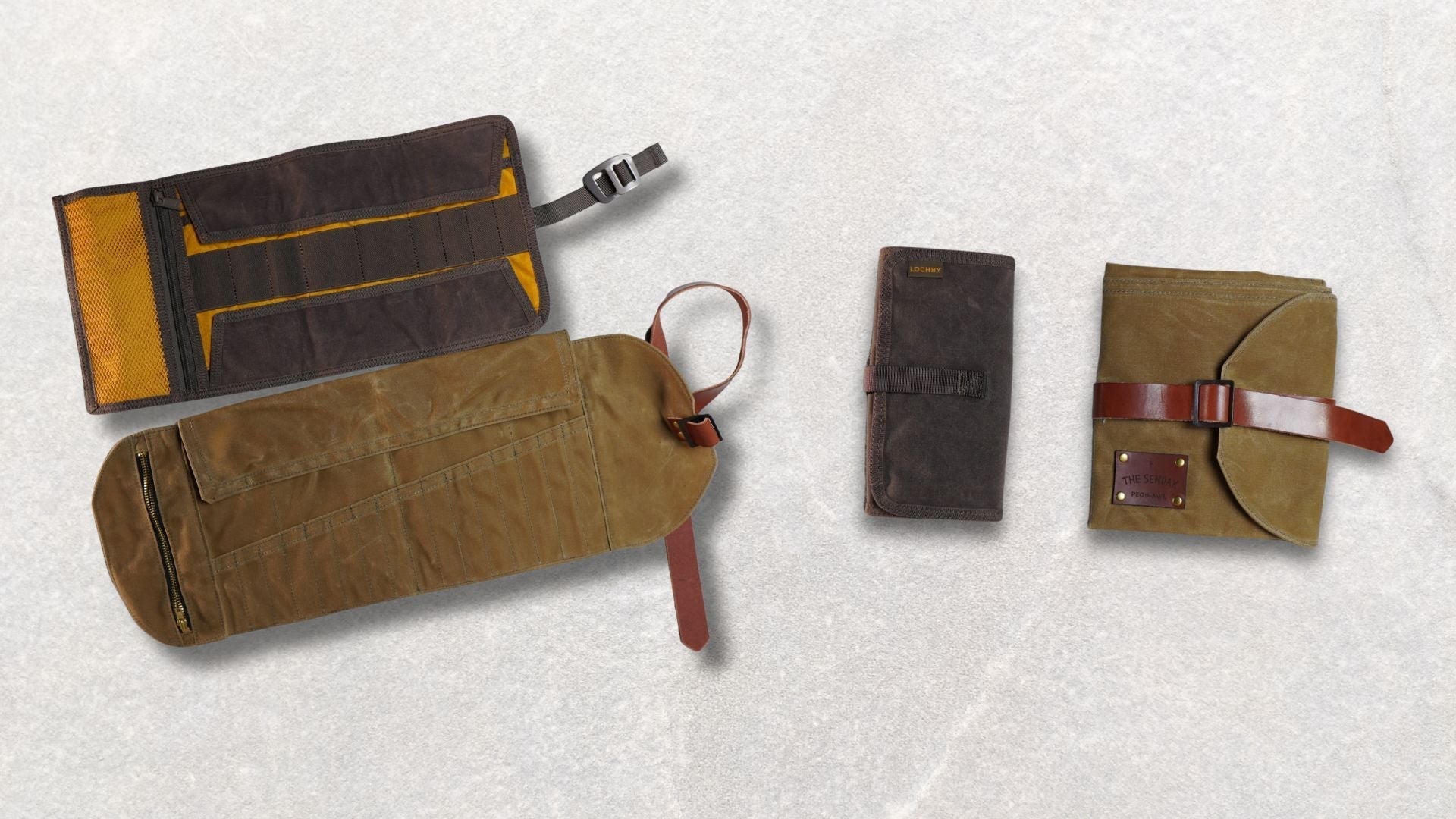
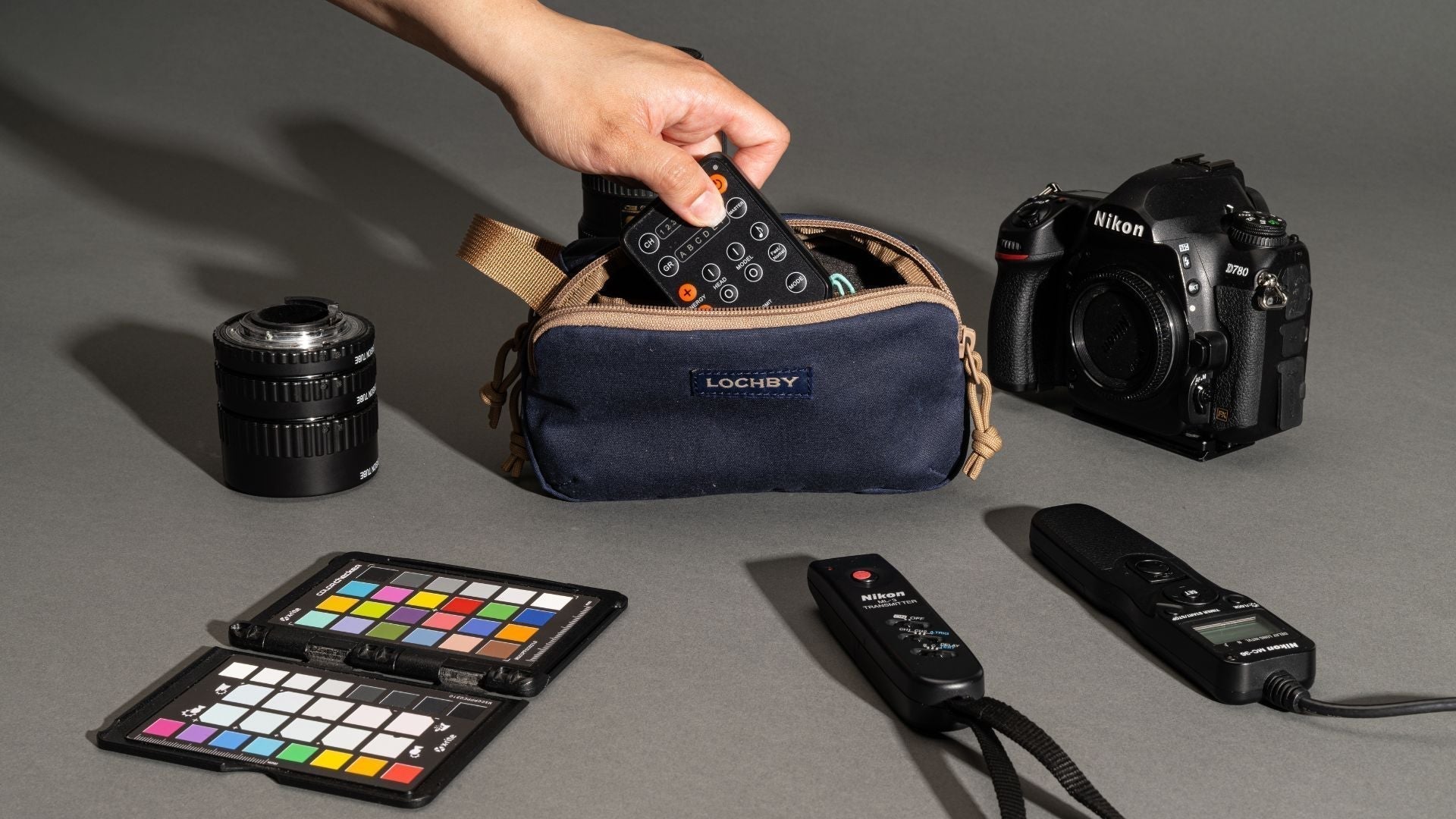
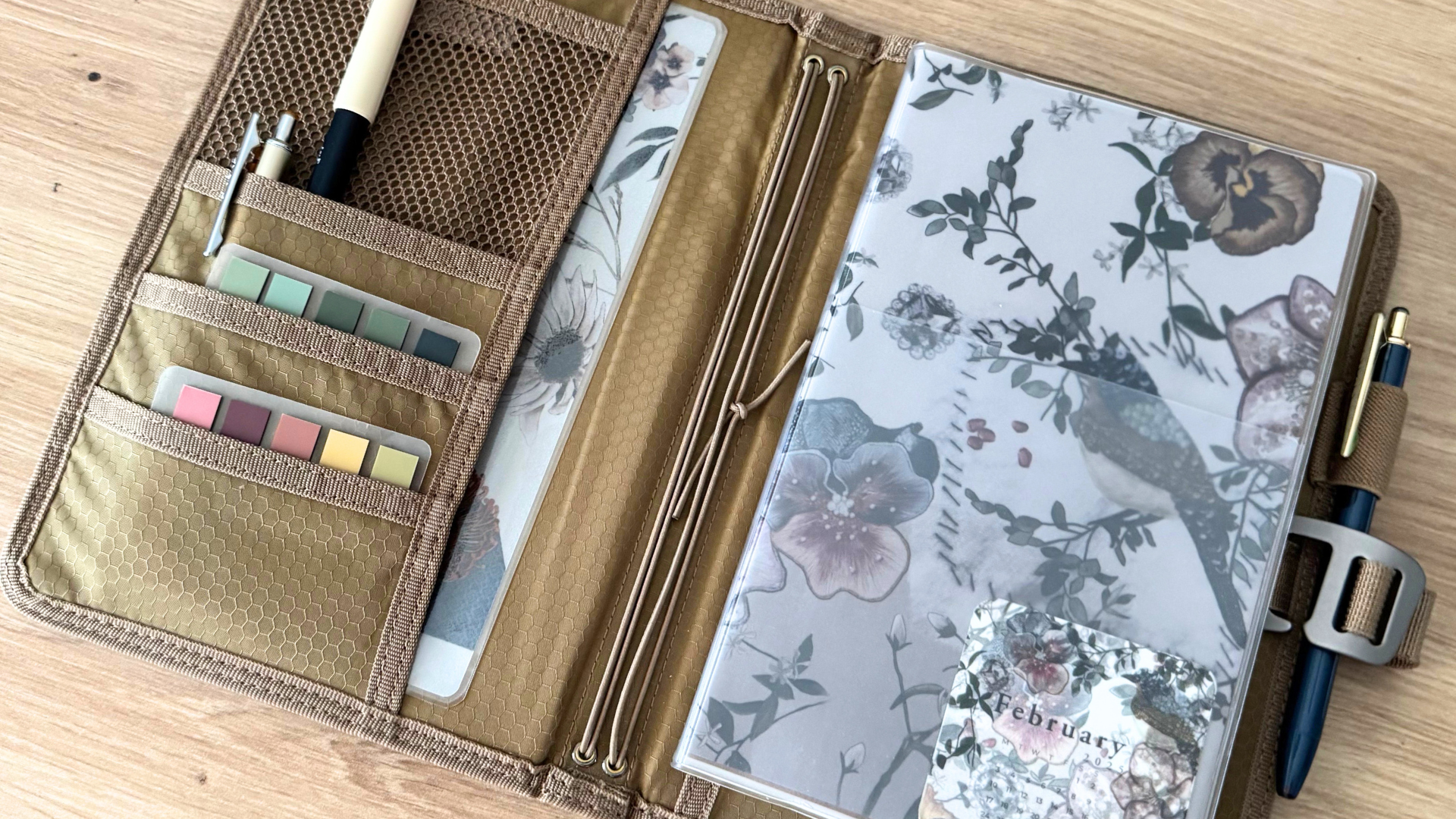
A Pouch or a Roll? Deciding Between the Venture Pouch and Tool Roll
A Pouch or a Roll? Deciding Between the Venture Pouch and Tool Roll
1 comment
I bought the journal cover and 4 pack a5 pack which included planner….i am very disappointed to find that it only has 7 monthly pages. did y’all do this to make us reorder….very disappointed